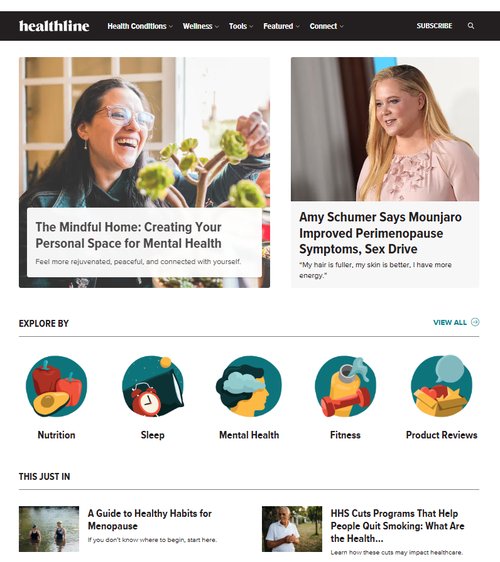Design Template by Anonymous
Timeless SEO Explored
- On-Page SEO
- Title Tags - Title tags should describe the main topic of the page.
- Headings - Headings should be properly structured containing h1-h6 tags.
- Meta Descriptions - Short summaries related to components, which promote click-through.
- URL Structure - Should be simple, readable, and keyword-friendly, related to the site.
- Image Alt Text - Used to describe images, which promote SEO and accessibility.
- Internal Linking - These allow for connections of related pages across your website. The longer a user stays the better.
- High-Quality Content - Valuable and original content, which falls into the idea of content SEO.
- Technical SEO
- Site Speed - Fast-loading pages keep users engaged and improve search rankings.
Example: Amazon loads quickly even with dynamic content. - Mobile-Friendliness - Optimized layouts that work seamlessly across all screen sizes.
Example: CNN features a responsive design across devices. - Crawlability - Ensures search engine bots can access and read your site's pages.
Example: GitHub uses a robots.txt file to guide crawlers effectively. - Sitemaps - XML files that guide search engines through your website's structure.
Example: Apple Sitemap is cleanly structured for easy navigation. - HTTPS - Secure, and encrypted connections to ensure user security and trust.
Example: Etsy uses HTTPS to ensure a safe shopping experience. - Clean Code & Structure - Organized HTML, which will help bots read the underlying structure.
Example: Smashing Magazine uses semantic HTML for accessibility and SEO. - Content SEO
- Keyword Research - You want to emphasize and identify terms your audience is searching for.
Example: Ahrefs Blog targets high-value keywords in each post. - Search Intent Alignment - Aim to ensure content aligns with the underlying search queries.
Example: Real Men Real Style delivers how-to content that directly answers search intent. - Originality - Provide original and unique information or insight.
Example: Wait But Why produces one-of-a-kind, thought-provoking articles. - Readability - Use intuitive structure with obvious headings and footers.
Example: HubSpot Blog uses bullets and headers for quick understanding. - Engagement - Aim to incorporate visuals, and examples, as well as internal links to retain interest.
Example: Canva Design School includes graphics, examples, and interactivity. - Regular Updates - Try to update content as consistently as possible to continue producing relevant content.
Example: Wirecutter (NYT) regularly updates product reviews and guides. - Depth and Value - Aim to offer comprehensive coverage of topics to establish authority.
Example: Investopedia offers thorough, expert-level guides on complex subjects.
